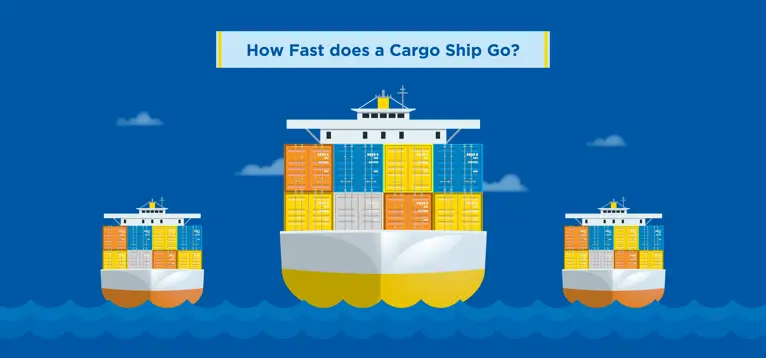The optimum speed of a cargo ship ranges between 17 to 24 knots. How fast a cargo ship travels depends primarily on the size of the ship. Larger ships travel slower. For instance, a container ship can go up to 24 knots while the larger bulk carrier ship travels at about 15 knots.
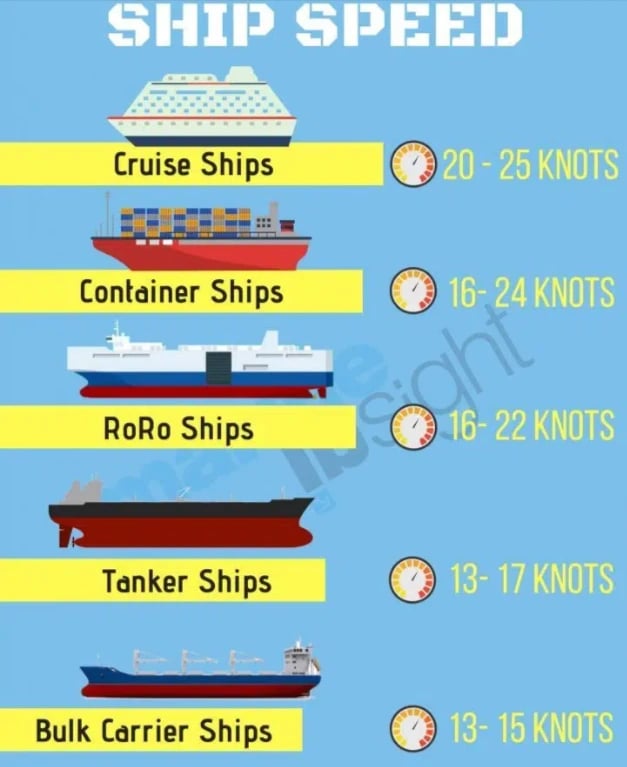
The cruising speed of sea freight depends on several factors. These include the type of ship, size, gross tonnage, TEU capacity, propulsion system, fuel capacity and more. The speed of a ship also depends on the shipping route, geographical features, tidal currents, weather, and several other factors.
To understand how fast a cargo ship can travel, you first need to understand the measurement system for ships. The speed of a ship is measured in knots.
What is Knot in Shipping?
A knot is the unit of measurement for the speed of ships. It is the measure of how many nautical miles a ship can cover in an hour. The story of this unit goes back to 17th-century mariners.
They used a method called a chip log to measure the speed of their vessels. In this system, they dropped a wooden log into the water from the back of a ship. This log had lead weight so that it would sink a little under the surface of the ocean.
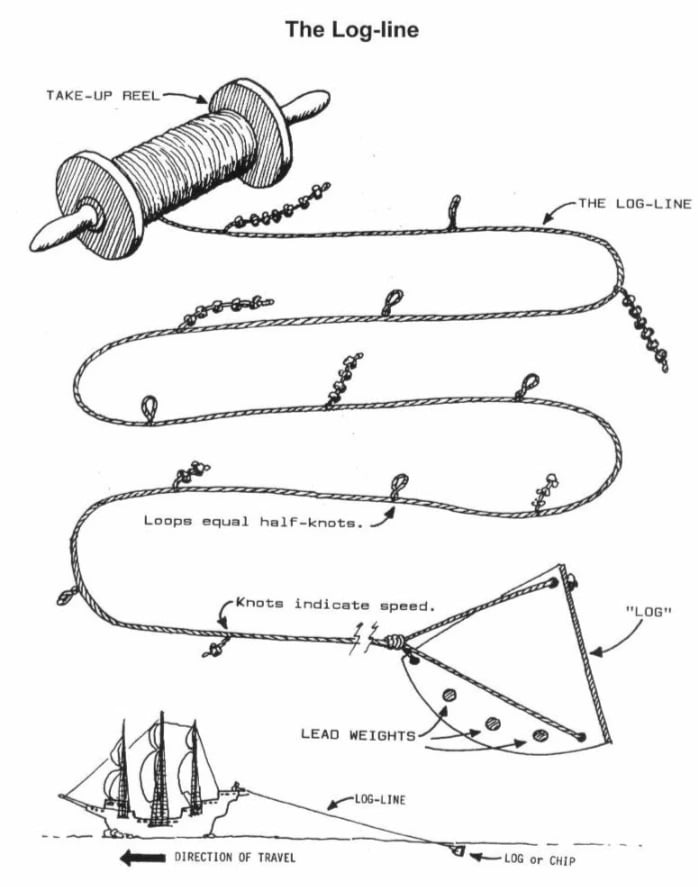
This log was attached to a rope that had knots at specific intervals. These knots were tied at intervals of 14.4 metres. Then the sailor took a 30-second sand timer and checked how many knots slipped through his hands in that time. That number denotes how fast a cargo ship is travelling.
For instance, if 3 knots slipped through the sailor’s hand in 30 seconds. Then the speed of the ship is 3 knots. It means that this vessel covers 3 nautical miles in an hour.
This was not a random system of measurement. It is intricately linked to nautical miles, which in turn is linked to the curvature of the earth.
What are Nautical Miles?
A nautical mile is the unit of length to measure distance for sea, air, and space navigation. One nautical mile is equal to one minute of latitude.
If a ship travels one nautical mile, it means that the vessel has covered the distance of one degree out of 360 degrees of the earth’s surface. In linear measurement, this distance is 1852 metres or 1.852 kilometres.
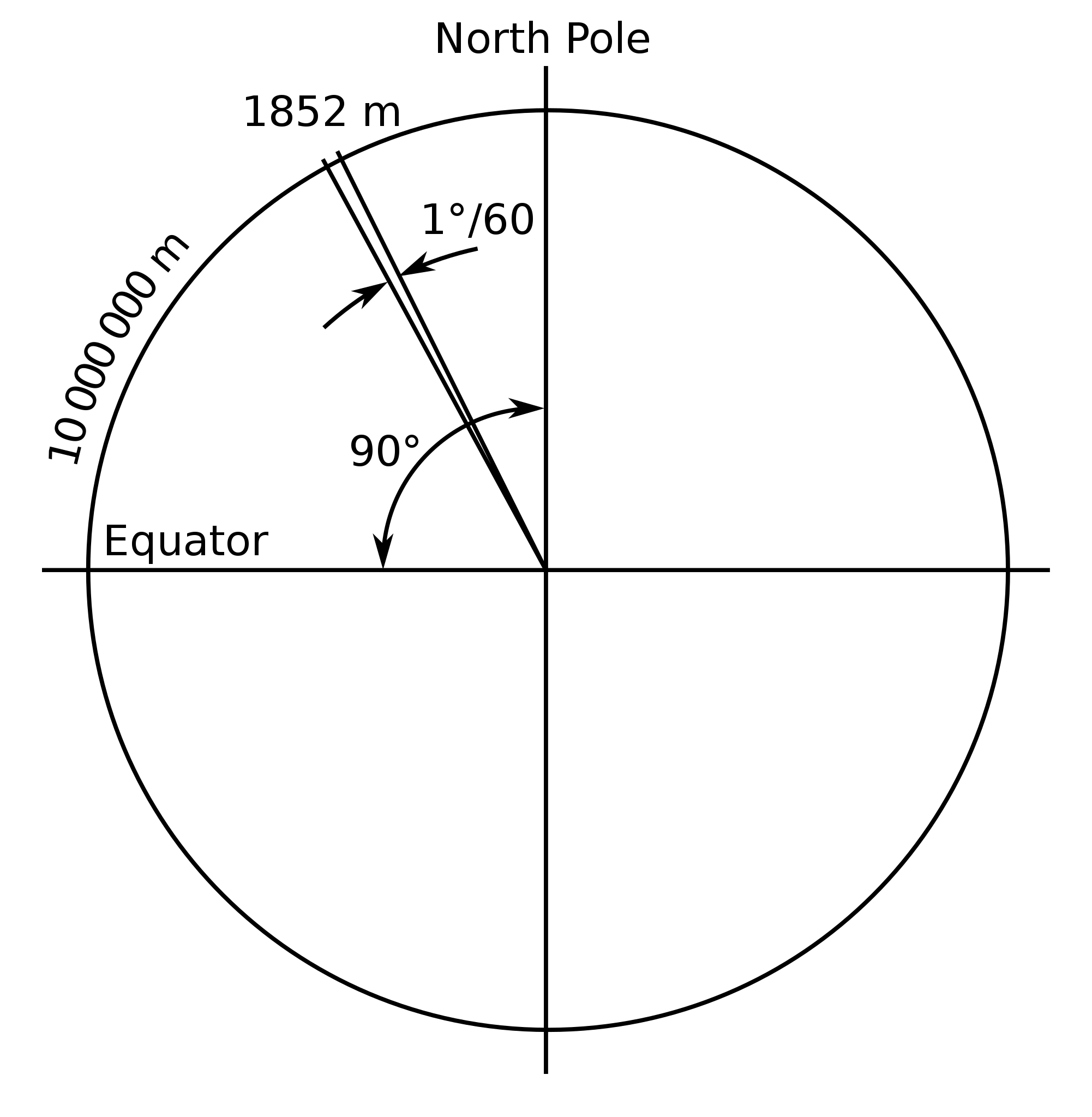
So a ship travelling at 1 knot covers a distance of 1.852 kilometres in one hour. But, this does not mean that you can calculate shipping time based on linear distance.
Why Use Knots and Nautical Miles?
While a ship travels a linear path, it also travels along the curvature of the earth. As there are no landmarks in the ocean, maritime maps use latitudes and longitudes as markers. Hence, sailors also measure distance in the same format.
This means that ships measure the distance covered in deference to degrees of earth’s curvature. In the below image, the dotted line shows the direct distance and the unbroken line shows the path a ship would take to cover that distance.
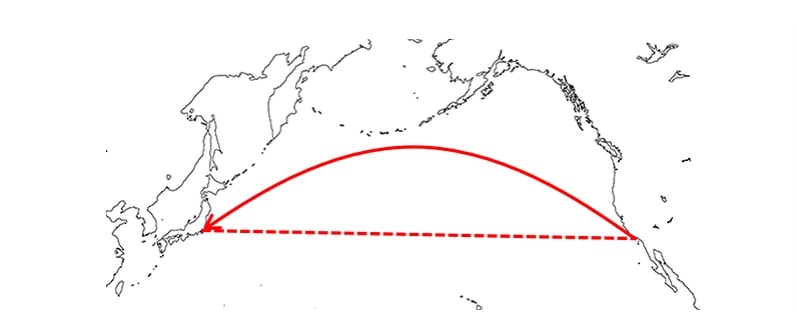
Measurement with nautical mile helps mariners understand how many degrees they have covered out of 360 degrees of the earth’s circumference. Hence, shipping distance is measured in nautical miles. In the same way, knots tell the sailors the speed with which they are covering each degree.
If a ship is travelling at the speed of 1 knot. It means that it covers 1 degree of earth’s curvature or one minute of earth’s latitude in one hour. If it travels 2 knots, it will cover that distance in 30 minutes.
If you know the distance between two ports in nautical miles and the average speed of a vessel in knots, you can calculate the time. But, the average speed of a vessel depends on several factors.
Which Factors Affect the Speed of a Cargo Ship?
The speed of a cargo ship depends on both internal and external factors. The internal factors include the weight of the cargo, fuel consumption, propulsion system, fuel capacity, etc. These are the factors that usually decide the maximum sustainable speed of a ship.
Under ideal conditions, a ship can travel at its maximum sustainable speed. But, it has to change its speed based on external factors like geographical factors, weather conditions, ocean currents, and so on.
These external factors affect the speed of a ship in a variety of ways. For example, if the ship is travelling in the direction of the ocean current, it can travel faster than a ship fighting against the current.
Based on internal and external factors the speed of a ship keeps changing. It also changes based on the route. A ship can travel faster through the open ocean compared to the constrained space of a canal. Despite such variations, you can still depend on the average speed of a vessel to calculate shipping time.
How Long Does Cargo Shipping Take?
The duration of cargo shipping depends on the distance, route, ship size, and speed. Based on these factors, cargo shipping can take anywhere between 5 to 24 days.
The shipping time primarily depends on distance and the route. For instance, if you are shipping between ports of neighbouring countries, a cargo ship will take 5 to 10 days to deliver them. On the other hand, if you are shipping between continents, the cargo ship will take at least 15 days or more.
The average duration of shipping can be reduced based on the size and speed of a ship. Smaller ships travel faster. Although there are a few large ships that can match the speed of smaller ships.
Which are the Fastest Cargo Ships in the World?
The speed of a ship is relative to its capacity and size. Below are the fastest cargo ships in the world based on maximum speed.
Fastest Panamax Cargo Ships
Below are two of the fastest ships in the Panamax category. These ships are usually 294 meters long and can carry around 4,000 TEU of cargo. Larger ships in this category can carry up to 5,000 TEU of cargo, but they are not as fast.
Maersk Boston
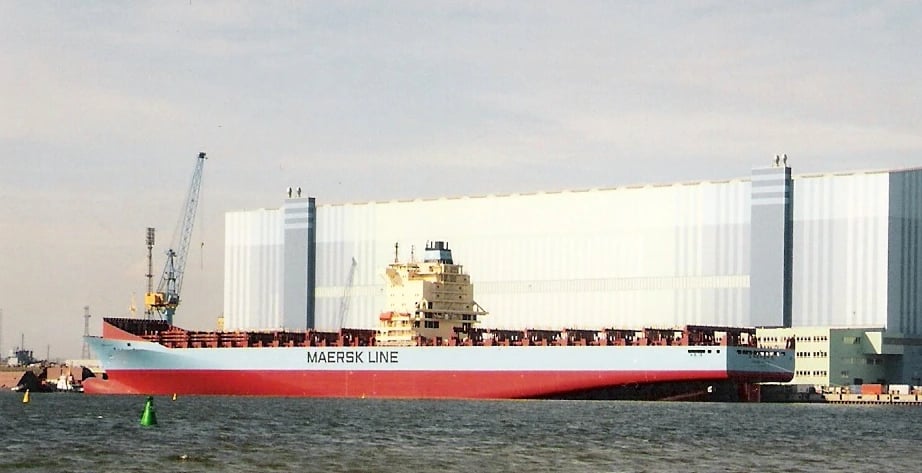
Maximum Speed: 36.5 knots
Capacity: 4,196 TEU
Maersk Beaumont
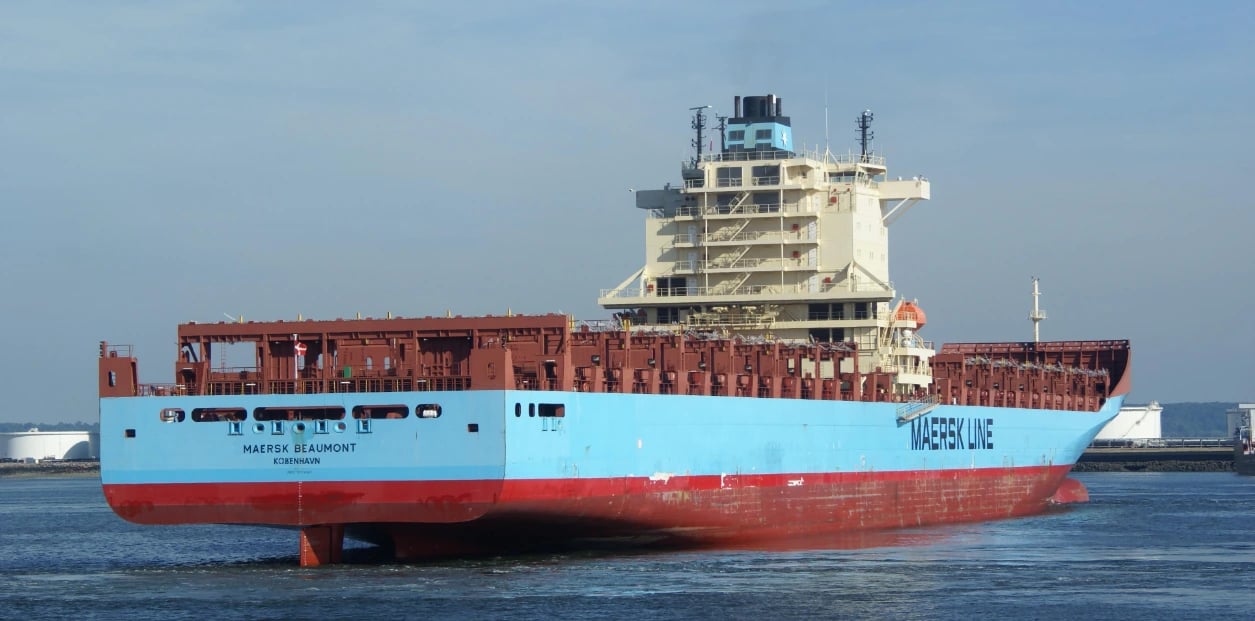
Maximum Speed: 35 knots
Capacity: 4,000 TEU
Fastest ULCV Cargo Ships
The below two cargo ships fall under the Ultra Large Container Vessel (ULCV) category. These are some of the largest ships in the world with a TEU capacity of over 14,501. The largest ships in this category can carry up to 24,000 TEU units. The below two ships have a slightly lower capacity, but they can travel faster than other vessels in this category.
Orient Overseas Container Line
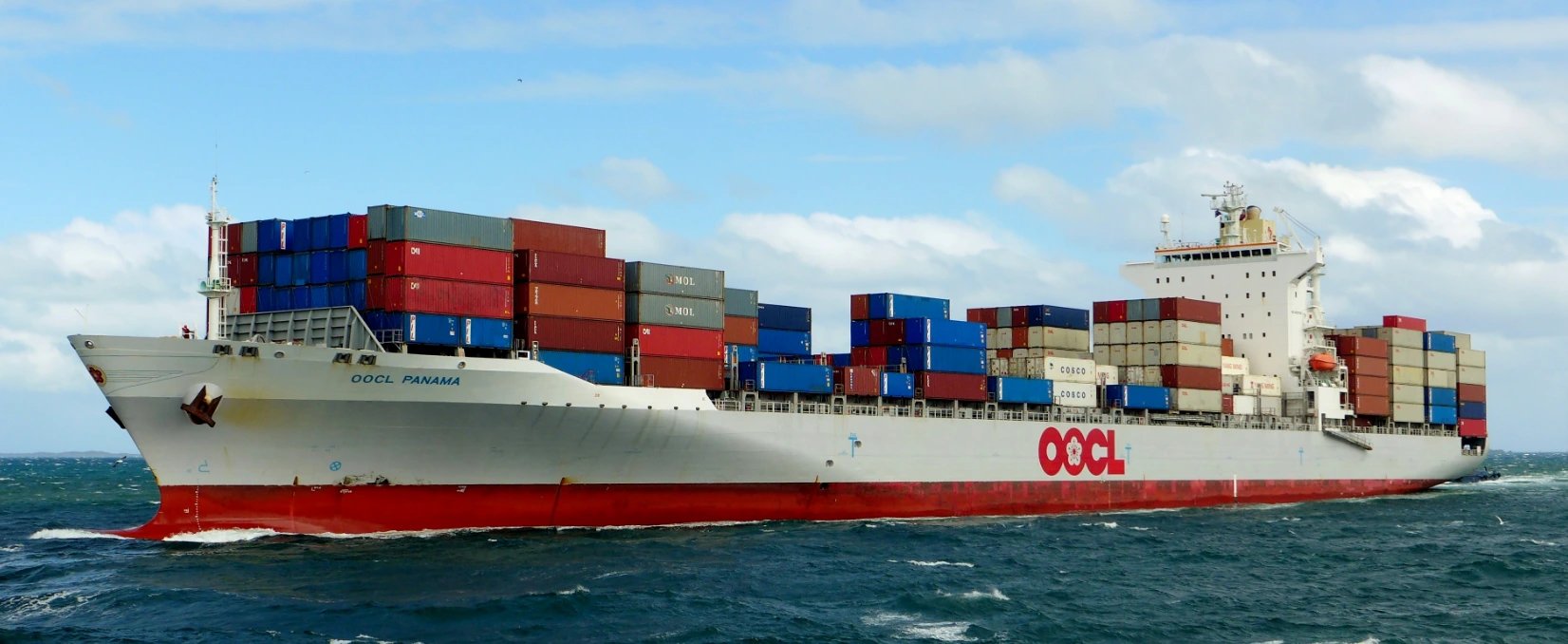
Maximum Speed: 24 knots
Capacity: 21,413 TEU
Madrid Maersk
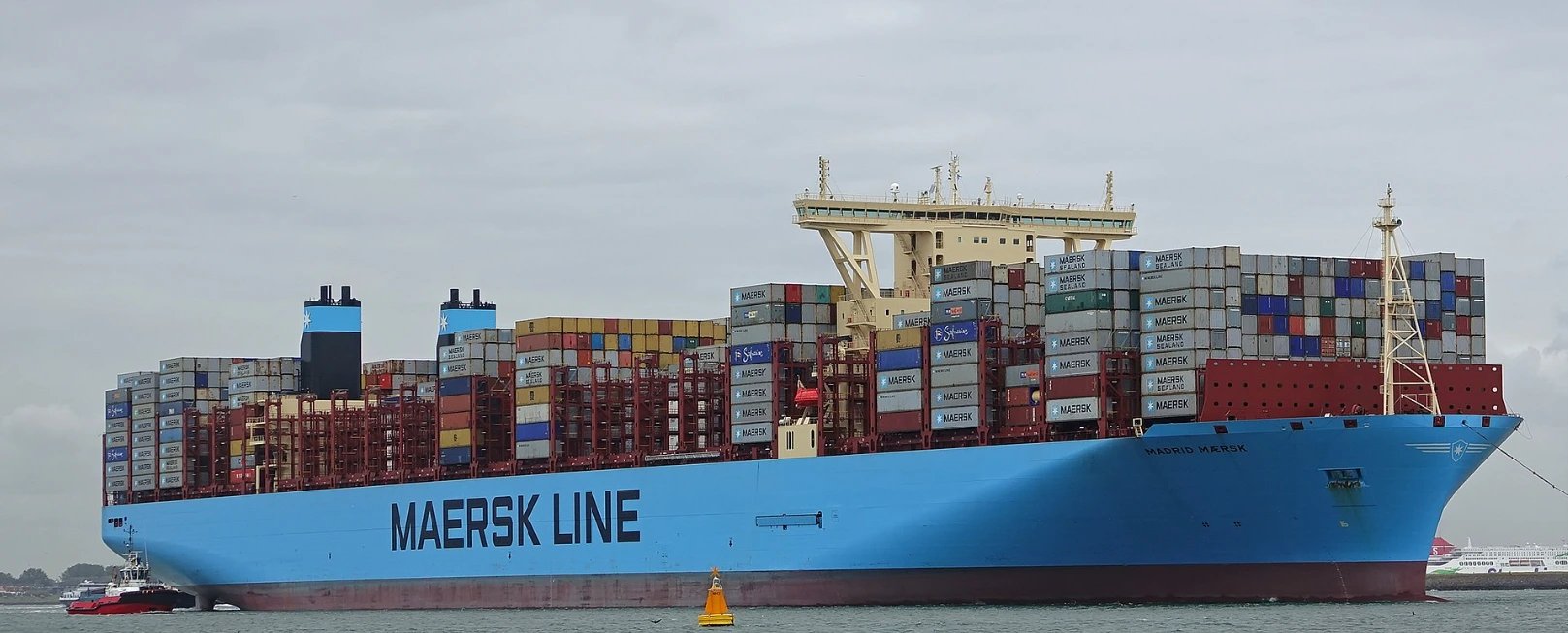
Maximum Speed: 24 knots
Capacity: 20,568 TEU
It is important to note that ships do not travel at their maximum speed. Most ships cruise the oceans at a sustainable speed. This speed is usually 20 to 30% lower than their top speed.
What is the Importance of Speed in Cargo Shipping?
Cargo ships are not designed to be fast. The purpose of these ships is to carry as many goods as possible over long distances. The speed of a ship has a direct impact on fuel consumption and the duration of the voyage. A fast ship would consume more fuel, but it would complete the voyage faster. On the other hand, a slow ship may take longer to deliver the goods, but it is more economical.
High speed may reduce the duration of the journey but it drives up the cost by a huge margin. That is why ships travel at a sustainable speed. Hence, the maximum speed of a ship does not make much difference. Around the world, businesses prefer cargo ships because they are cheap, not because of their speed.
PACK & SEND provides cost-effective cargo shipping solutions for businesses and individuals. We can effectively transport a variety of goods internationally without compromising on the shipping duration.
Image Sources: Marineinsight, Rootsweb, Wikipedia, Mol-service, Wikipedia, Shipspotting, Wikipedia, Wikipedia
